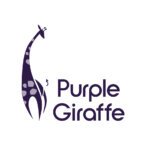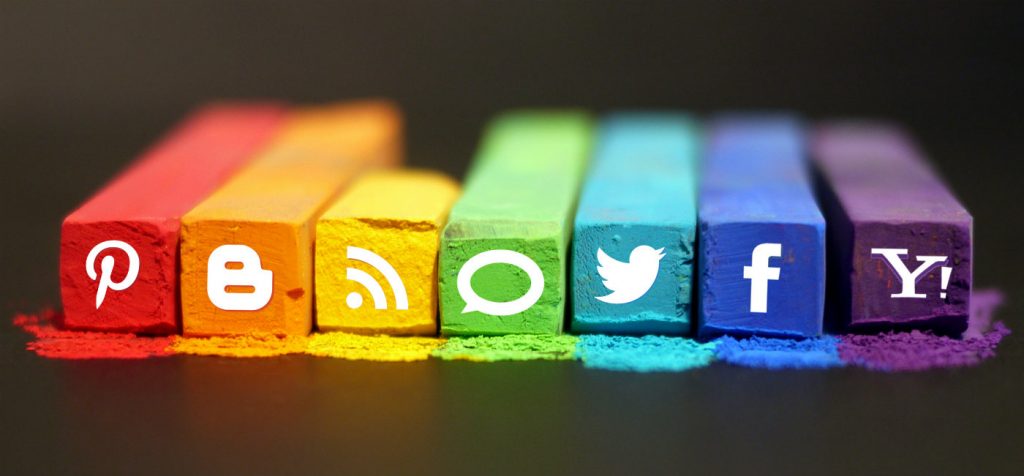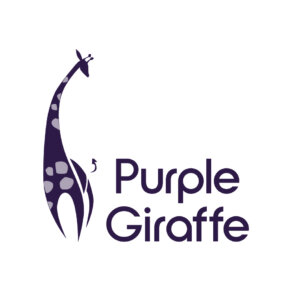Facebook, Twitter, Instagram, LinkedIn, Snapchat…
There are unique benefits and drawbacks to every social media platform available for your use as a business. When using them, the key to running an effective advertising campaign, is identifying how well each network aligns with your company goals and which represents the best return on investment in terms of the time and dollars it takes to make it successful and authentic.
Facebook offers the widest audience for your message, but you’ll have to pay for the right to be heard and with their constantly changing algorithms it’s getting harder and harder to be seen by the audience that choose to follow you in the first place.
Twitter provides brands with a real-time social media platform for direct consumer engagement but limits each message to 140 characters or less. That’s frustrating and as a result messages can be lost or distorted to fit into this limited space.
Instagram is ideal for brands involved in fashion, food, or technology, but their highly youthful demographic isn’t ideal for selling to power purchasers and now their changing feed (based on what is viewed and the introduction of paid advertising posts) has shifted the authenticity of this platform.
Social media marketing is very important and offers a fantastic return on investment but that doesn’t mean you should build a presence on every social media site in the digital universe. You wouldn’t have time for anything else if you did!
Each platform offers something in particular and with this in mind it can be a better approach to choose the best few for your business and your target market and do them really well.
To help you work out what does suit your market, business and industry, we have outlined some of the key pros and cons for each one.
Facebook: Marketing on the World’s Most Active Social Media Platform
Facebook – the original and still the King of Social Media
The Pros
- The undisputed king of social media, Facebook is the most complete digital networking site with the largest audience
- Microtargeting is extremely effective and accurate on Facebook, as you can define a target audience by location, age, employment status, annual income, marital status, interests, hobbies, and much more. This allows you to build like audiences and drill right down into segments.
- Great place to begin your social media marketing efforts, as a Facebook presence adds legitimacy to a business without much risk in a logical, user-friendly format.
The Cons
- Organic reach has plummeted on Facebook, requiring brands to use paid media for effective user outreach. Your own followers often do not see your posts and at other times followers can be bombarded by posts that they have not signed up for and have no interest in. It’s like having too many commercial ad breaks in a TV show. Annoying.
- While Facebook marketing is relatively inexpensive, average conversion rates hover around a precarious 1% mark. This is low and lots of wasted dollars can be spent if you don’t know what you’re doing.
- With such a massive audience and constant frenzy of activity, it can be difficult to cut through the noise and reach engaged users in your target market.
Twitter: Real-Time News Reporting, Customer Service & Social Advertising
Short, sharp and shiny – Twitter is all about real time.
The Pros
- Twitter boasts a rapid-fire social news feed with the most effective real-time content delivery system of any active network.
- Twitter is becoming more effective for paid media marketing campaigns, with promoted tweets reaching custom audiences.
- Twitter can be a time-saving and cost-effective social media network for advertising quickly, as retweets and automation methods offer attractive return for a small time investment.
The Cons
- Twitter has the second largest audience of all major social media networks, but growth is stagnant and continues to decline.
- Rampant spam and widespread automation can be frustrating, wasting your time while your brand may seem “spammy” by association. It is also hard to say much and therefore messages can be confusing as a result.
- While Twitter is becoming a more effective social media platform for marketing with paid media, the site is still far behind the competition when it comes to useful analytics and data reporting.
Instagram: The Top Visual-Mobile-Social Network has sold its creative soul
Instagram is loved by millennial’s
The Pros
- The most popular, widely used social media app for millennial’s and younger generations is commonly seen by this audience as the alternative to Facebook and much less influenced by advertising.
- Highly visual nature of the Instagram mobile platform is ideal for businesses with appealing image and video content.
- It’s creative, beautiful and engaging and allows smaller brands to be competitive.
The Cons
- Much like Facebook, Instagram’s organic reach is set to decline rapidly as the network becomes overcrowded, space becomes limited, and paid ads take over. Algorithms will distort your feed and show you what they think you have an interest in. It’s going to become very commercial.
- The visual character of the social media platform is conducive for advertising when your brand operates in industries like fashion or dining, but many companies find it difficult to produce enough visual content to justify the time investment.
- Instagram’s demographics are so heavily slanted towards younger generations that a significant percentage of users have little purchasing power as viable consumers.
LinkedIn: Professional Networking & Sharing Expertise on Social Media
LinkedIn is for professional thought leadership
The Pros
- The go-to social media site for professionals, LinkedIn isn’t overly cluttered with frivolous noise and there are many opportunities for companies engaged in business-to-business selling and communicating.
- By answering industry-related questions on LinkedIn’s many active forums and connecting with colleagues, brands can share knowledge and expertise to become the digital authority on a subject.
- The hub of professional thought leadership on social media: many highly respected business influencers are most active on this externally-facing network.
The Cons
- The LinkedIn community is not very active (only an estimated 1/4 of the total user base accesses their accounts monthly) and therefore not everybody, or possibly the right people, are seeing your advertising.
- Spam is pervasive throughout the social site, which wastes time, floods your inbox, and causes users to “tune out” when you’re trying to grab their attention.
- The cost of media on LinkedIn can be prohibitively high. Presumably because it reaches a business audience. However, this can price lots of smaller players out of the market.
Snapchat: The Future of Video Marketing
Snapchat, a social media platform for the future
The Pros
- When using the live streaming app, Snapchat users are more engaged and attentive than on any other major social media network.
- With 10 billion daily video views, the Snapchat social media platform is robust and its audience is incredibly active.
- The real-time video channel makes social advertising not seem like media marketing at all, offering users exclusive content in a real, organic manner.
The Cons
- Hard to devise a social marketing strategy on Snapchat with the ability to measure the response and return on investment.
- It’s a very young medium and rarely used by older consumers and traditional power purchasers with a steep learning curve for any generation.
- There is no data tracking on Snapchat, making social media marketing campaigns on the app hard to measure, maintain, or even justify.
Google+: An Effective Social Media Platform, but is anyone paying attention?
Yes, Google+ still exists!
The Pros
- Having a Google+ page produces a strong positive effect on the search engine relevancy of a brand and is good for SEO.
- Google Hangouts and YouTube integration provides brands with practical, effective channels for digital communication with customers.
- Customisable “Circles” and “Communities” allow for excellent user segmentation and the ability to drill down into specific audiences and target markets.
The Cons
- It has a smaller audience with approximately 300 million active monthly users.
- It has limited flexibility – companies cannot run contests or promotions for fans and brand followers, as this violates Google’s terms and conditions.
- Its interface is not as user-friendly as other social media networks and so trying to navigate and use it effectively is frustrating and can be difficult for those who are not technically savvy.
Which ones are best for you?
It’s always a good idea to have a presence on Facebook. Although it’s getting harder to be visible, it does add credibility to the fact that your brand exists. It’s almost become like the social media yellow pages.
The others are up for grabs and the ones you choose will depend on what you are selling and who to.
Think first about who your customers are now and who you want them to be in the future. Think about how you plan to sell and market your brand. Chose the platforms that best enable you to do this. Start with one or two that are complimentary and build them up, use them in sync and then add. It takes time, resources and commitment to build a valuable social media following and advertising strategy so a considered decision on which ones to start with will pay off in the long run.
Articles and Blogs referenced in the research of this blog.
- Image courtesy of com
- https://emergentdigital.com/social-media-platform-pros-cons







